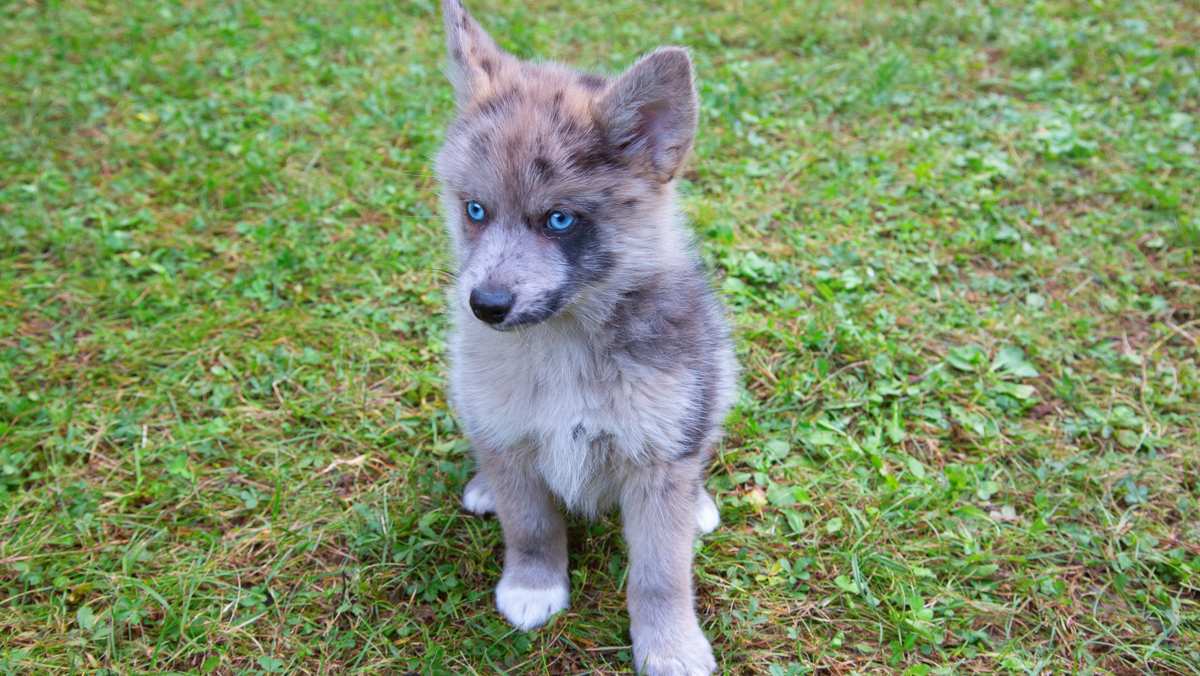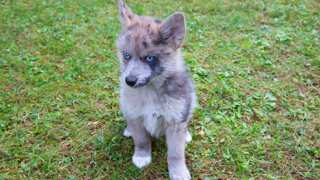Pomsky Breed Details
The Pomsky, as a mixed breed, is not an official member of any breed group. Neither does any info exist about these hybrids' true origin--but according to the Pomsky Club of America, this mixed breed was first developed through artificial insemination during the early 21st century. Since then, these hybrids' popularity has exploded, and the Pomsky is one of the most popular designer dogs in the world. These fluffy, playful pups are great companions for active families, especially those living in colder climates.
A few Pomsky facts: they vary a good bit in size, from 10 to 15 inches at the shoulders in height and 10-30 pounds in weight; they have fluffy, double-layered coats that shed seasonally; and they tend to bark a lot, and will need to be trained to curb that tendency.
In order to mitigate any Pomsky problems, here's a list of Pomsky pros and cons:


